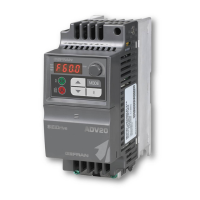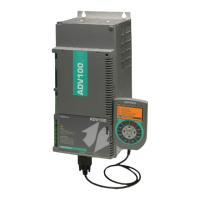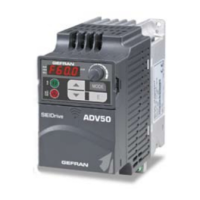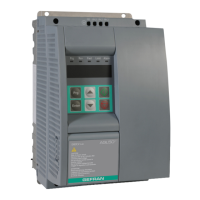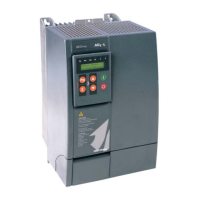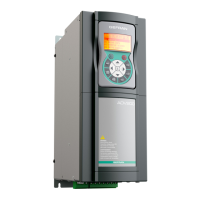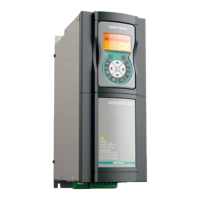98 ADV200 • Quick start up guide
7.2 First customized start-up
In this section a startup test is performed, using a standard conguration, to check
drive functioning and command connections.
A programming sequence has to be run to achieve a rst simple customisation in
order to be able to set the drive for the requested application.
Note ! The main sections to be used, depending on the desired conguration, are
described below.
• Typical connection diagrams
Auxiliary control circuits �������������������������������� see chapter 5.6, gure 5.6.1
Typical connection diagram, connection through terminals strip ��� see chapter 5.6, gure 5.6.2
Potentials of the control section, Digital I/O PNP connection ������ see chapter 5.2.4, gure 5.2.4.1
Other inputs connections (NPN-PNP) ����������������������� see chapter 5.2.4, gure 5.2.4.2
NPN outputs connection �������������������������������� see chapter 5.2.4, gure 5.2.4.3
• Digital inputs
The table on chapter 5.2.3 shows the default settings for the analog and digital
inputs and outputs.
Note ! Digital input settings can only be edited from the Expert parameters, see chapter 6.5.2.
7.2.1 For Asynchronous Motors
• Selecting the regulation mode
First set the regulation mode in the Regulation mode parameter (04 DRIVE CON-
FIG menu, PAR: 552) :
0 V/f control. This is the simplest and least advanced control mode. This mode
can also be used to control several motors connected in parallel using a single
drive.
1 Open loop eld-oriented vector control (Flux vector OL). In this mode,
once the motor parameter self-tuning procedure has been performed, it is
possible to create a mathematical model on which to perform all the neces-
sary calculations in order to obtain high performance levels, especially high
motor torque levels, even at very low speeds without the use of feedback, and
achieve signicant dynamic performance.
2 Closed loop eld-oriented vector control (Flux vector CL). This mode can
be used to obtain maximum drive-motor efciency in terms of speed precision,
dynamic system response and motor torque regulation. It requires feedback
by a digital encoder keyed to the motor shaft and connected to the relative
optional expansion card mounted in the drive.
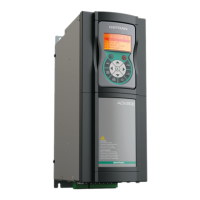
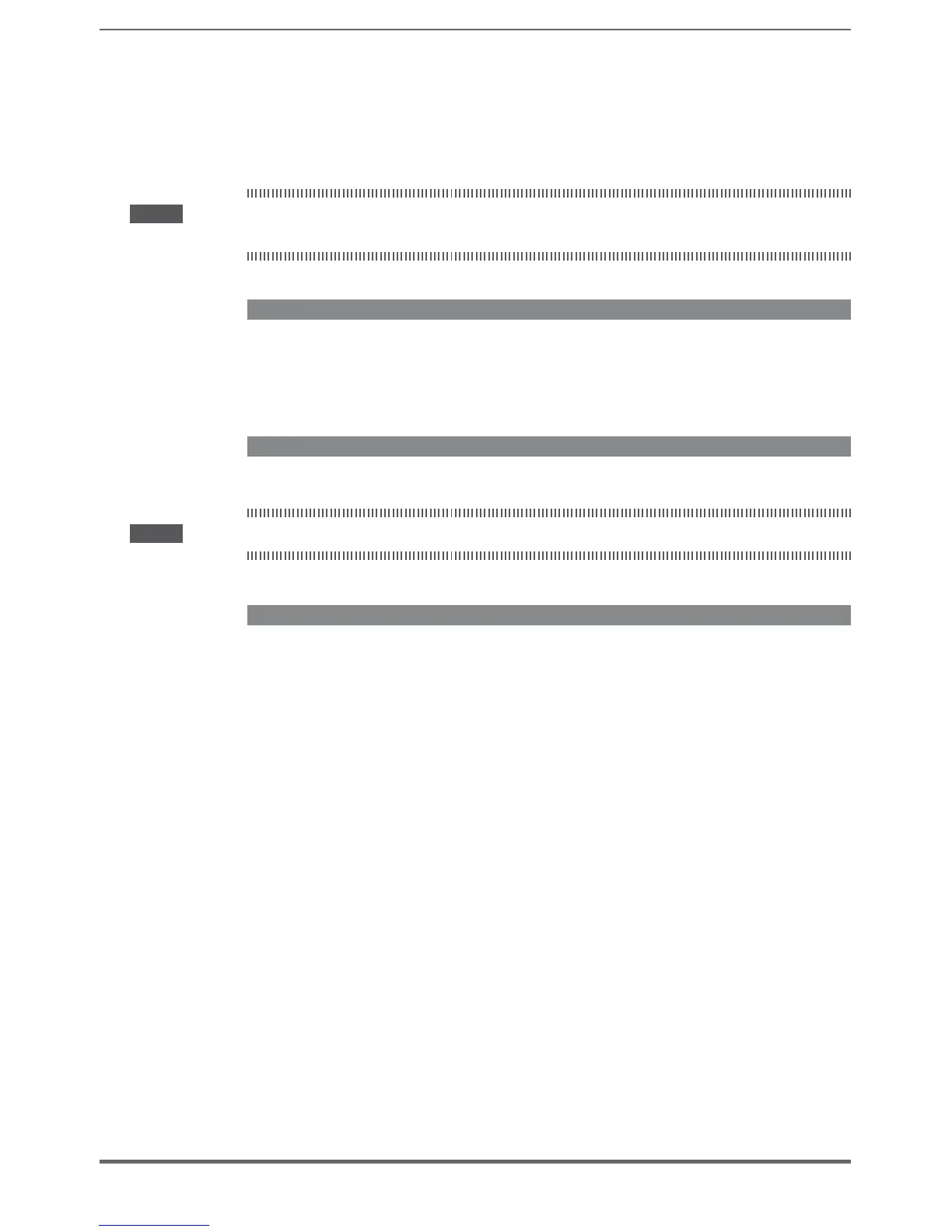